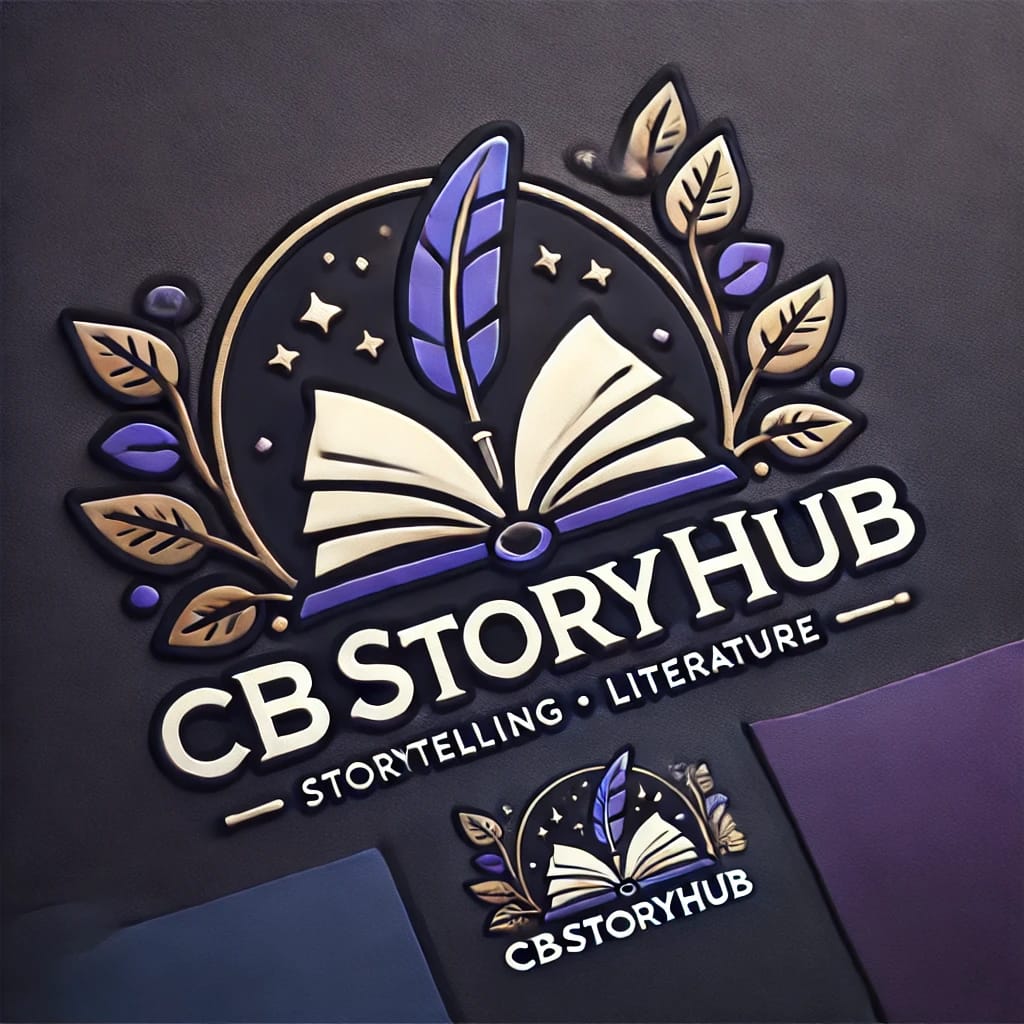Clickbait > Harness the Power of Hooks Wisely
The Evolution of Clickbait
A historical perpective
The concept of clickbait has deep roots that can be traced back to the origins of journalism itself. Sensationalism has been a staple in print media, with newspapers historically relying on provocative headlines to grab readers’ attention. In the late 19th and early 20th centuries, publications such as the New York World and the Hearst-owned New York Journal became notorious for their sensationalist approaches, employing exaggerated or misleading headlines to lure readers. These early examples of clickbait were designed not only to sell papers but also to enhance public interest in stories that may otherwise have been overlooked.
As journalism evolved, so did the techniques used to captivate audiences. The advent of radio and television introduced new methods of storytelling that incorporated visual and auditory elements to hook viewers. Reports were often shaped to create drama and urgency, hinting at compelling news content that would only be revealed if the audience stayed tuned. This shift in format laid the groundwork for how information would be presented in the future, foreshadowing the internet’s impact on content delivery.
The evolution of clickbait reflects both the historical significance of persuasive headlines in journalism and the contemporary challenges of engaging readers in an increasingly digital world.
Understanding this trajectory allows for a more nuanced perspective on the motives behind clickbait strategies and their implications for the quality of information consumed today.
Understand the Psychology Behind Clickbait
Clickbait headlines leverage specific psychological principles that engage audiences and draw them in. At the core of this strategy lies the fundamental human emotion of curiosity. When individuals encounter clickbait, they experience a strong desire to satisfy their curiosity, which compels them to click on the content. This phenomenon is often referred to as the ‘curiosity gap,’ where the difference between what one knows and what one wants to discover creates a compelling urge to seek out the information that fills that gap.
Additionally, urgency plays a crucial role in amplifying clickbait’s effectiveness. Headlines that evoke a sense of immediacy, often through the inclusion of time-sensitive language (e.g., “You won’t believe what happened next!”), instill a fear of missing out (FOMO) in readers. FOMO can lead to impulsive decisions, prompting potential readers to click on content quickly without fully assessing its value. This cognitive bias exploits a common human trait: we dislike the thought of missing opportunities, which clickbait content capitalizes on to enhance engagement.
Moreover, emotional triggers such as surprise, shock, and even controversy are commonly used in clickbait to elicit strong reactions from an audience. Headlines that promise startling revelations or highlight sensational stories can provoke intrigue, encouraging readers to find out more. These emotional responses are vital to understanding why certain clickbait strategies resonate more effectively with users compared to others.
By analyzing these psychological factors, content creators can harness the power of hooks in a responsible manner.
Understanding how curiosity, urgency, and emotional engagement work gives writers insights into developing more effective and ethically sound clickbait headlines, facilitating a balanced approach to attracting clicks and delivering meaningful content.
How to Use Clickbait Wisely > Best Practices
The effective use of clickbait lies in the ability to draw in an audience without compromising the integrity of the content. Crafting compelling hooks requires a careful balance between intrigue and authenticity. To achieve this balance, one must focus on several best practices that ensure the headlines serve their purpose without veering into the realm of deception.
First and foremost, clarity is essential. A headline should communicate the essence of the content it is representing. This means avoiding misleading or exaggerated statements that can lead to audience disappointment. For instance, rather than promising “the best weight loss tips you’ll ever find,” a more honest approach would be “5 Effective Tips for Sustainable Weight Loss.” This not only captures attention but also sets realistic expectations for the reader.
Relevance is another critical aspect of creating effective hooks. Before crafting a headline, it is vital to understand the audience’s preferences, interests, and the context within which the content will be presented. Utilizing language and themes that resonate with the target demographic enhances engagement and ensures the clickbait is inherently relevant. For example, a catchy headline that aligns with trending topics or common pain points can significantly increase the likelihood of attracting the intended audience.
Furthermore, delivering on the promise made in the headline is crucial for cultivating trust. A content piece must fulfill the expectations set by its headline to maintain credibility. Failure to do so may lead to a swift loss of readership as audiences become more discerning about the content they consume. Case studies, such as those involving reputable marketing platforms, reveal that trust is fundamental in building a loyal audience base and long-term success.
Incorporating these strategies can help content creators harness the power of clickbait while adhering to ethical standards, ultimately resulting in a more engaged and satisfied audience.
The Future of Clickbait > Trends and Predictions
As digital media continues to evolve, the landscape of clickbait is likely to undergo significant transformation. Recent trends indicate a notable shift in audience preferences, with consumers increasingly seeking transparency and authenticity in content. The rise of ad fatigue, driven by oversaturated markets with misleading headlines, suggests that audiences are becoming more discerning and cautious about the content they engage with. Consequently, clickbait strategies must adapt to this changing environment to maintain viewer interest while preserving integrity.
One significant factor influencing the future of clickbait is the advancement of algorithms utilized by social media platforms and search engines. These algorithms are becoming more sophisticated, focusing on user engagement metrics rather than mere clicks. As a result, content creators must prioritize delivering genuine value through their headlines and body content, ensuring that they not only capture attention but also meet the audience’s expectations upon engagement. This shift underscores the need for ethical practices in clickbait, emphasizing quality over sensationalism.
Moreover, the integration of artificial intelligence and machine learning technologies in content creation and distribution will play a crucial role in shaping clickbait strategies. These technologies can analyze audience preferences in real time, allowing creators to craft more personalized and relevant content. However, it is essential that such advancements are utilized responsibly, as misuse could further exacerbate issues of misinformation or manipulation.
Ultimately, the future of clickbait lies in a delicate balance between engaging audiences and retaining content integrity. As the digital landscape continues to evolve, content creators who prioritize ethical engagement strategies, while embracing technological advancements, will be better positioned to adapt to the future challenges of clickbait. By focusing on quality content that resonates with audiences, they can harness the power of hooks wisely and effectively.
Ready to try an AI powered Clickbait?






![Clickbait or how to Harness the Power of Hooks Wisely 5 The Dark Psychology Playbook [9-in-1]: 100+ Techniques of Influen...](https://m.media-amazon.com/images/I/41pe0BSzlsL.jpg)





